Clarity of operations
Phrases such as "smart driving" or "high-level smart driving" are more marketing language than technical terms.
Vehicle automation is divided into six levels, Level 0 to 5, based on how much control the vehicle takes versus the human driver, according to the Society of Automotive Engineers.
Functions now available in passenger vehicles in China are Level 2, which means the car can control both steering and speed simultaneously under certain conditions, but the driver must stay alert and keep their hands on the wheel.
Many carmakers, however, refer to such functions, which are nothing but driving-assist ones, as "high-level smart driving" in their marketing campaigns, which makes a vehicle sound more advanced than it is.
Another common marketing ploy is to say the vehicle's functions are Level 2.9 or 2.999, a meaningless number used to convey the idea a particular car is better than its rivals, and close to achieving Level 3.
According to the Society of Automotive Engineers, a Level 3 vehicle can drive itself in specific scenarios, such as a traffic jam, and the driver can take their hands off the wheel and eyes off the road — but must be ready to take over when requested.
No Chinese carmaker has commercially launched a Level 3 vehicle, although some claim that they will soon.
A large number of car buyers are attracted by the hype of smart driving, believing that their vehicles are capable of autonomous driving, which is classified as Level 4 or 5.
"This is how internet companies-turned carmakers promote things. That's incredibly irresponsible," Lu said. "Just because someone is loud doesn't mean they're right."
Overstating features is one of the strategies frequently used by NEV startups to impress potential buyers.
In February, Wei Jianjun, chairman of China's largest SUV maker, Great Wall Motors, warned that "smart driving is not a show".












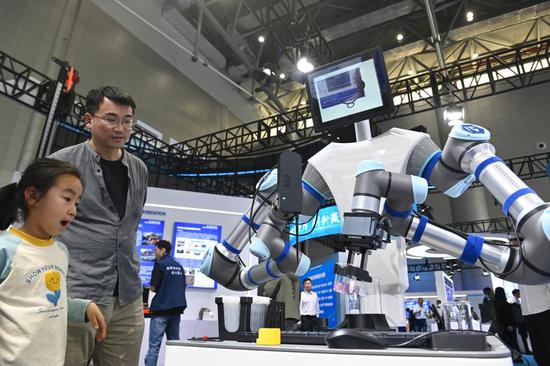








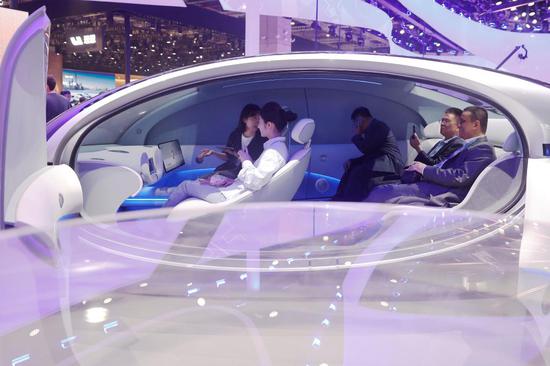

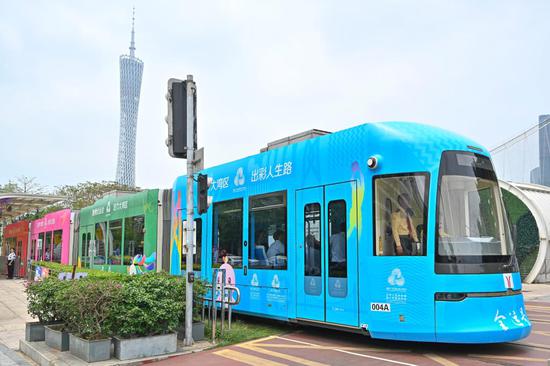











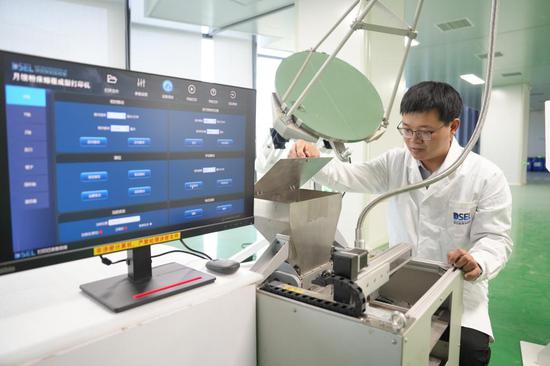


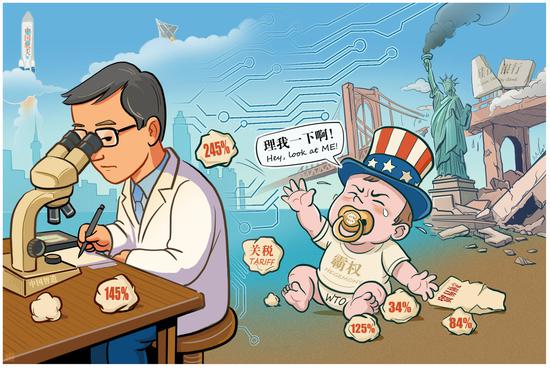

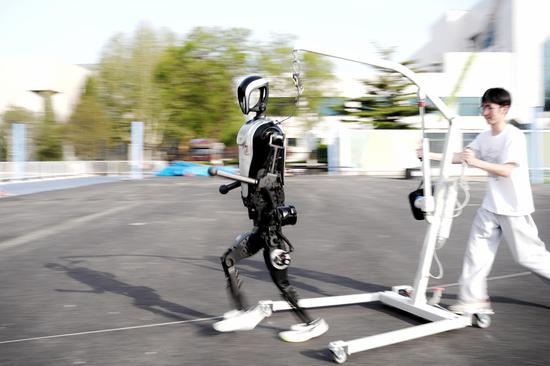









 京公網安備 11010202009201號
京公網安備 11010202009201號